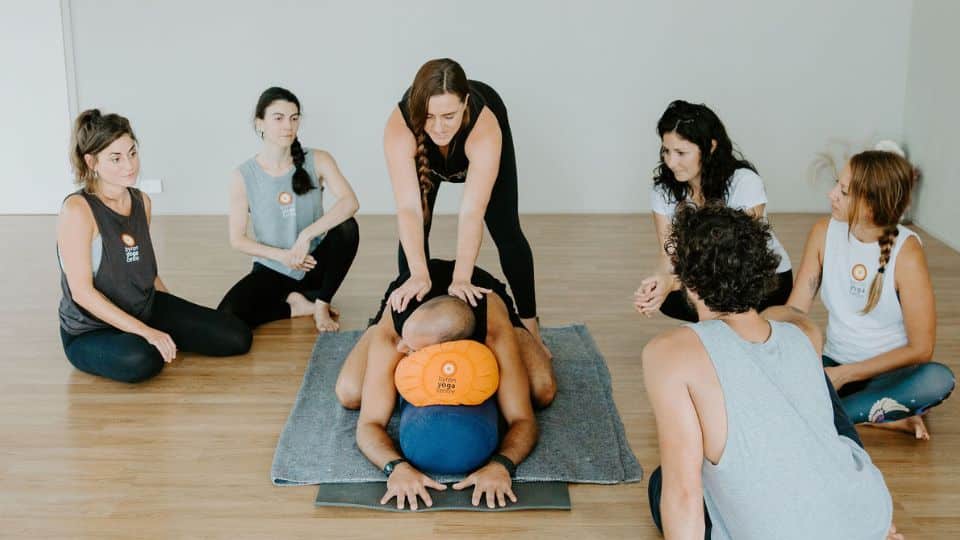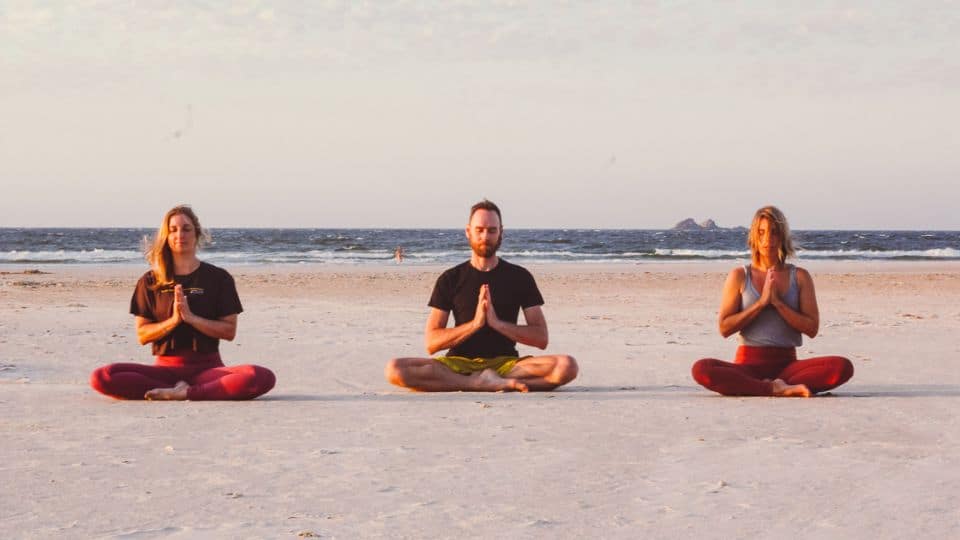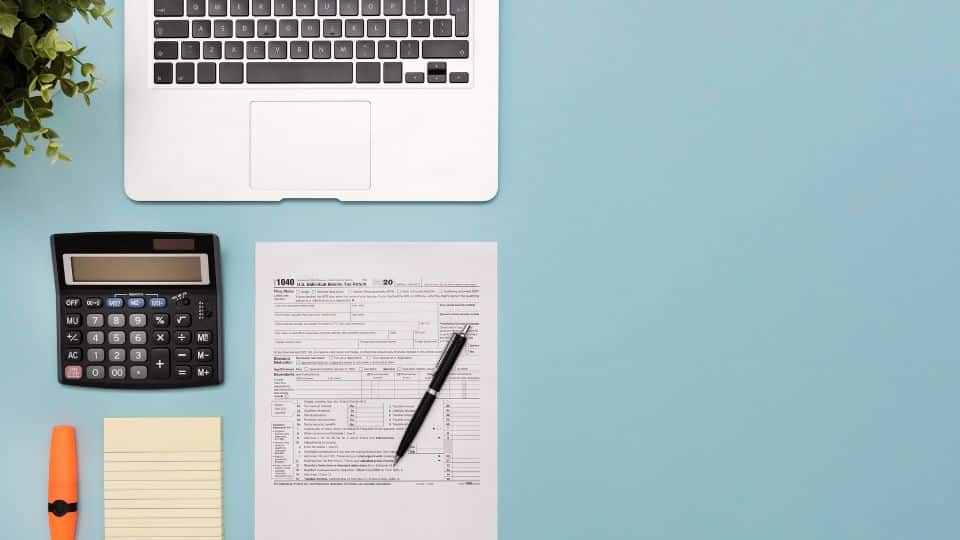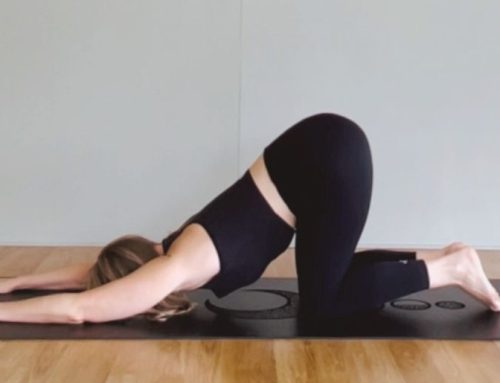Let’s be honest… being a yogi and sitting down to do paperwork isn’t an ideal combination… BUT it’s important.
As a contractor/sole trader yoga teacher operating in Australia, you’re entitled to claim a range of expenses as tax deductions if they directly support your teaching activities. We’ve put together a breakdown of some eligible expenses you might consider claiming to help ease the financial pressure and let you focus on what’s important – teaching yoga!
Your First Yoga Teacher Training
According to the ATO, any education course you take which qualifies for a new profession is not deductible. So if you are leaving one industry to enter into the yogi world, your first Yoga Teacher Training does not qualify as a deductible expense.
However there are exceptions. If you are already in the wellness or fitness industries (for example a personal trainer), you may be able to claim our 200hr Level 1 Yoga Teacher Training. As long as the training fufills the following:
- Maintains or improves the skills and knowledge needed for your current duties
- Results in or is likely to result in an increase in your income from your current employment
You can learn more about this here.
Ongoing Yoga Teacher Training and Professional Development
If you are already a Yoga Teacher, enrolling in training courses and professional development activities relevant to yoga instruction allows you to claim associated costs as deductions. This includes the costs of our 300hr Level 2 Yoga Teacher Training, and Specialty Yoga Courses including:

Yoga Equipment and Supplies:
Investing in essential equipment and supplies for conducting yoga classes, like mats, blocks, straps, or music, qualifies as deductible expenses. Ensure you keep records from all your purchases.
Yoga Studio or Rental Fees:
If you lease a space for conducting yoga classes or pay commissions to studios facilitating your sessions, these expenses are typically deductible. Keep detailed records of rental agreements and payment receipts.
Yoga Advertising and Marketing:
Expenditure on promoting your yoga classes, whether through traditional channels like flyers or digital platforms, can be claimed as deductions. This includes your website domain fee, your website builder subscription. Also includes any photo editing or graphic design software or platforms such as Canva. Keep detailed records of all advertising expenses.
Insurance:
Securing insurance coverage, such as public liability and professional indemnity insurance, is crucial for protecting your yoga teaching activities. Fortunately, premiums paid for such policies qualify as deductible expenses, offering both peace of mind and financial relief.
Yoga Retreats:
Participating in Yoga Retreats such as ours at Byron Yoga Centre can be also seen as professional development. A yoga retreat is a great way to deepen your personal practice and provides as a much needed break for yoga teachers. Each of our retreats cater for all levels and experiences of yoga. Yoga teachers can also host their own retreat at Byron Yoga Centre.

Travel Expenses:
Being a self employed yoga teacher means you can enjoy the perk of deducting travel expenses. You can claim mileage for travel between different studios, journeys to a client’s residence for a private session, or business-related lunches, among other eligible expenses. Ensure you keep a logbook of all your trips! It’s essential to note that mileage from your home to your primary workplace such as the yoga studio where you teach regularly is not deductible.
We do recommend seeking guidance from a qualified tax professional or consulting with the Australian Taxation Office, as they can provide tailored insights based on your unique circumstances. By remaining informed and proactive in managing your finances, you can optimise available tax benefits and nurture your passion for yoga teaching without huge financial burdens.
If you have any questions, or would like to read further details, visit the Australian Tax Office (ATO).





